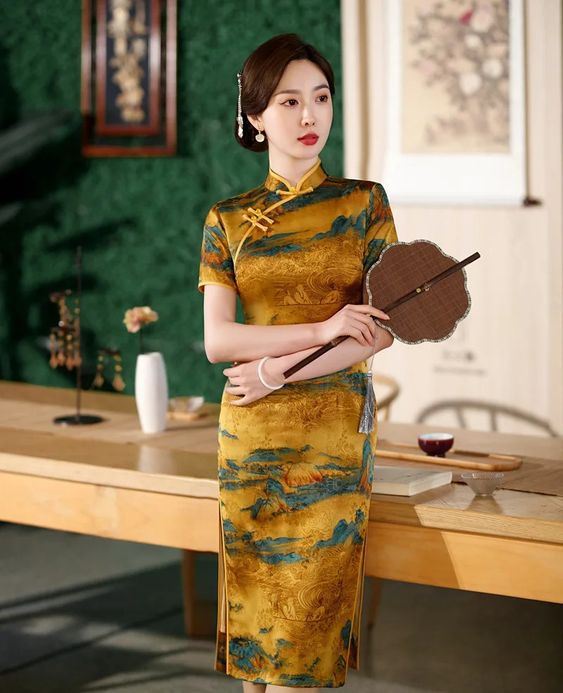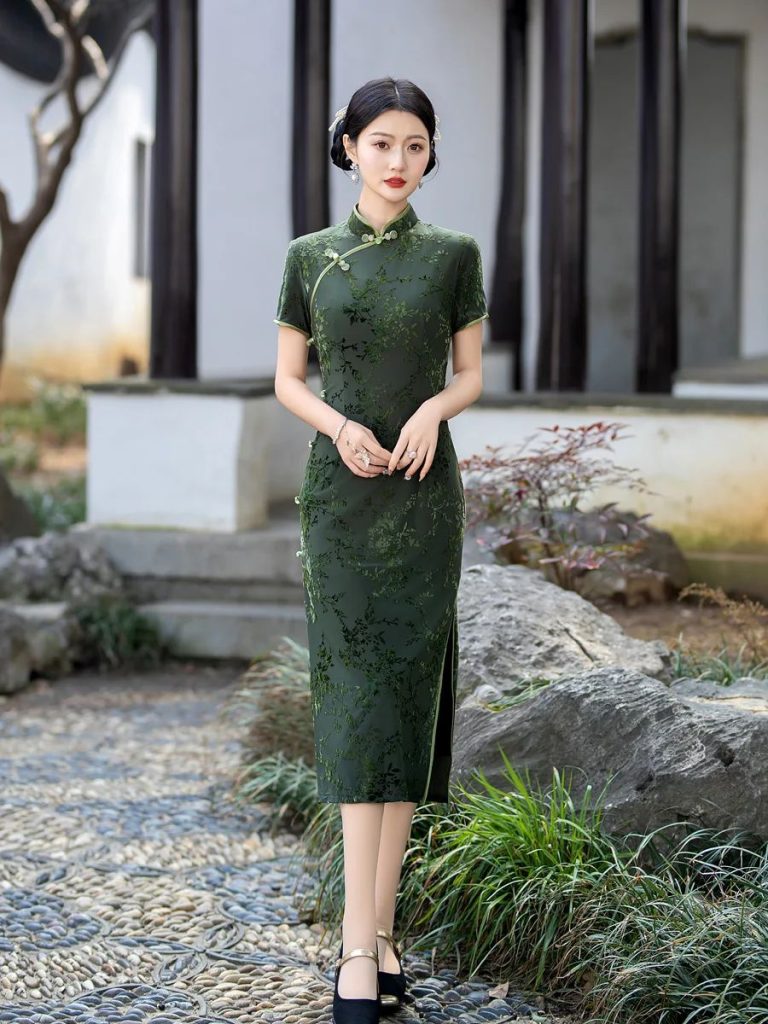In the realm of cultural sensitivity, the question arises whether it is appropriate for a white person to wear a cheongsam—a traditional Chinese garment—given by their Chinese mother-in-law during Chinese New Year. While this gesture may be well-intentioned, it requires careful consideration.
Cultural Appropriation or Appreciation?
Cultural appropriation involves the adoption of elements from a minority culture by members of a dominant culture, which can be complex and sensitive. When a white person wears a cheongsam, it might be seen as cultural appropriation, perceived as taking something from a culture that is not their own. However, it’s important to recognize that not all cultural borrowing is problematic.

In this instance, the cheongsam was a gift from the mother-in-law, who is a member of the Chinese culture. This gesture likely signifies an intention to share her culture and traditions with her daughter-in-law. In such a context, wearing the cheongsam could be seen as a sign of respect and appreciation for Chinese culture.
Navigating Cultural Boundaries: The Cheongsam and White Identity
The white person must approach this situation with sensitivity and awareness. They should be mindful of the potential for cultural appropriation and ensure that the cheongsam is not used merely as a costume or fashion statement. It is crucial to respect the cultural significance of the garment and avoid wearing it in inappropriate or disrespectful ways.

Ultimately, the decision to wear the cheongsam is a personal one. The individual should consider the context of the gift, their intentions, and the potential impact on Chinese culture. By approaching the situation with respect and sensitivity, they can navigate the complexities of cultural appropriation while honoring the cultural significance of the cheongsam.
The Ethics of Cultural Exchange: Appropriation vs. Appreciation
In cultural exchange, the question of whether it is appropriate for a white person to wear a cheongsam has sparked debate. Some argue that it constitutes cultural appropriation, while others believe it can be a form of appreciation.

Cultural appropriation involves adopting elements from a minority culture by members of a dominant culture, often without understanding or respecting the original context. Critics argue that wearing a cheongsam without a deep understanding of its cultural significance can be disrespectful and perpetuate stereotypes.
On the other hand, proponents of cultural appreciation argue that sharing and experiencing different cultures can foster understanding and bridge divides. Wearing a cheongsam given by a Chinese mother-in-law could be a meaningful gesture of respect and a way to honor the giver’s heritage.
Appropriation vs. Appreciation: Key Considerations
The distinction between appropriation and appreciation lies in the intent and context. If a white person wears a cheongsam solely for fashion or novelty, it may be perceived as appropriation. However, if it is worn with respect, understanding, and a genuine desire to connect with Chinese culture, it can be seen as appreciation.
The personal relationship between the wearer and the giver of the cheongsam is significant. When a garment is gifted by a family member, it carries special meaning and can be a symbol of acceptance and inclusion. In such cases, wearing the cheongsam can honor the relationship and express gratitude.
Ultimately, the question of whether it is cultural appropriation or appreciation depends on the individual’s intentions, the context of the situation, and the specific garment in question. By approaching cultural exchange with sensitivity, respect, and a genuine desire to learn and connect, we can navigate these complex issues and foster a more inclusive and understanding society.
